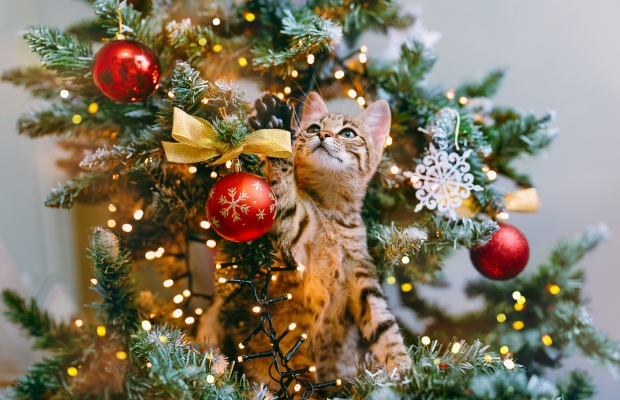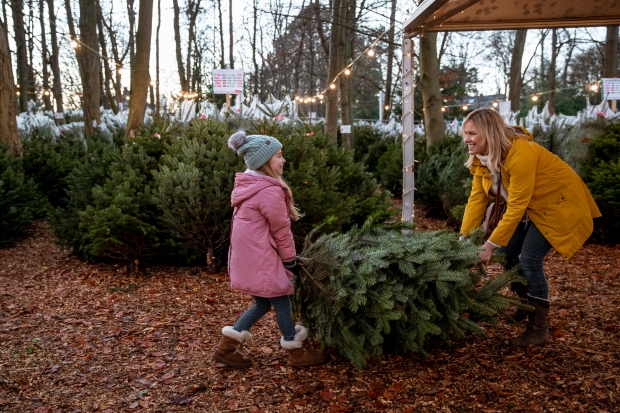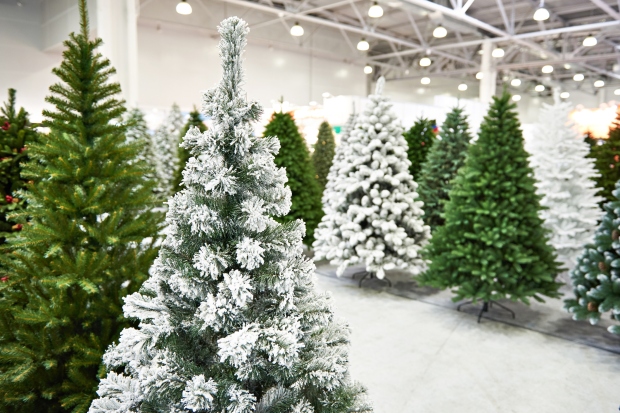There is one crucial question that anyone decorating for the Christmas holiday must answer at some point: Should you get a real Christmas tree or a fake one? Interestingly, there are arguments to be made for and against both options. This article will compare real and fake Christmas trees and clearly outline the main pros and cons of each.

Advantages of Real Christmas Trees
Real Christmas trees were once the only option for holiday decorators, and they remain incredibly popular to this day. Although real Christmas trees come in several varieties, all of them share the same pros, which the sections below will reveal.
Real Christmas Trees Have an Iconic Scent
The well-known scent of a Christmas tree can be one of the most inviting and nostalgic aspects of the Christmas season. However, if you don’t have a real tree, you won’t have the chance to allow that fragrance to fill your home. The natural aromas of a real Christmas tree are the only true source of this beloved holiday scent.
Getting a Real Christmas Tree is a Fun Tradition
One of the best reasons for getting a real Christmas tree rather than a fake one is that it is something fun and memorable to do during the holiday season. While pulling a fake tree out of storage is quite convenient, traveling to the Christmas tree farm with your loved ones each year can become one of your favorite seasonal traditions.
Buying a Real Christmas Tree Supports Local Farmers
Taking time to purchase a real Christmas tree will also help support the farmers in your area. Many farmers make a considerable amount of income by selling Christmas trees in winter. If we all choose to use fake trees, it could threaten the livelihood of those farmers.
Real Christmas Are Far More Environmentally Friendly
Although it seems that cutting down trees would not benefit the natural world, choosing a real Christmas tree is actually the more environmentally friendly approach. While these trees grow, they convert carbon dioxide into breathable air for humans and animals. While they remain in the farm fields, these trees also provide food and shelter for many mammals and birds.


